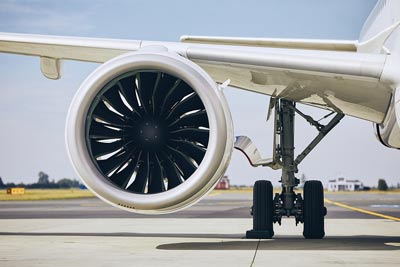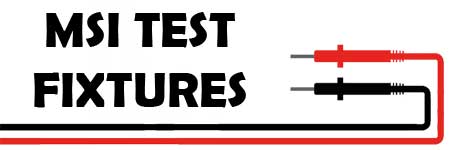
Aerospace PCB test fixtures are of paramount importance in the space and aerospace industry, where electronic systems play a critical role in the success and safety of missions. The benefits of PCB testing in this industry include:
1. Reliability in Extreme Environments: Space and aerospace missions expose electronic components to extreme conditions, such as vacuum, high levels of radiation, temperature fluctuations, and vibrations. PCB testing ensures that these components can withstand these harsh environments, reducing the risk of failures and maximizing the reliability of spacecraft and aircraft.
2. Mission Success and Safety: Space missions are often costly and complex, leaving no room for errors. PCB testing helps identify potential issues in electronic circuits, ensuring that critical systems, such as guidance, navigation, communication, and propulsion, function correctly. This significantly improves the likelihood of mission success and crew safety.
3. Compliance with Industry Standards: The space and aerospace industry adhere to stringent quality and safety standards, such as NASA-STD-8739.4 (Standard for Electrostatic Discharge Control), RTCA/DO-160 (Environmental Conditions and Test Procedures for Airborne Equipment), and MIL-STD-461 (Electromagnetic Interference Characteristics Requirements). PCB testing ensures that electronic components meet these standards, enabling compliance with regulatory requirements.
4. Risk Mitigation: Space missions involve inherent risks, and failures during a mission can have severe consequences. PCB testing helps identify and mitigate risks associated with electronic components, ensuring that potential issues are addressed before launch or deployment.
5. Long Mission Lifespans: Spacecraft may have long mission lifespans, lasting several years or even decades. PCB testing helps ensure the longevity of electronic components, reducing the likelihood of failures and the need for extensive maintenance during extended missions.
6. Customization for Specific Missions: Different space and aerospace missions have unique requirements and constraints. PCB testing allows for customization of electronic components to meet the specific demands of each mission, ensuring optimal performance and reliability.
7. Cost Savings: PCB testing may involve upfront costs, but it ultimately leads to cost savings in the long run. Identifying and resolving issues before launch or deployment minimizes the risk of costly in-orbit or in-flight failures, which can lead to mission failure or expensive rescue operations.
8. Innovation and Technology Advancement: The space and aerospace industry continuously push the boundaries of technology. PCB testing supports the integration of cutting-edge electronic components, enabling the implementation of innovative systems and instruments in space missions.
9. Satellite Communication and Data Collection: Many space missions involve satellites that facilitate communication, remote sensing, and data collection. PCB testing ensures the reliability and accuracy of these satellite systems, enabling seamless data transmission and acquisition.
In summary, PCB test fixtures are essential to the space and aerospace industry, where reliability, safety, and adherence to rigorous standards are paramount. By ensuring the performance of electronic components in extreme conditions, PCB testing significantly contributes to mission success, safety, and the advancement of space exploration and aerospace technology.
